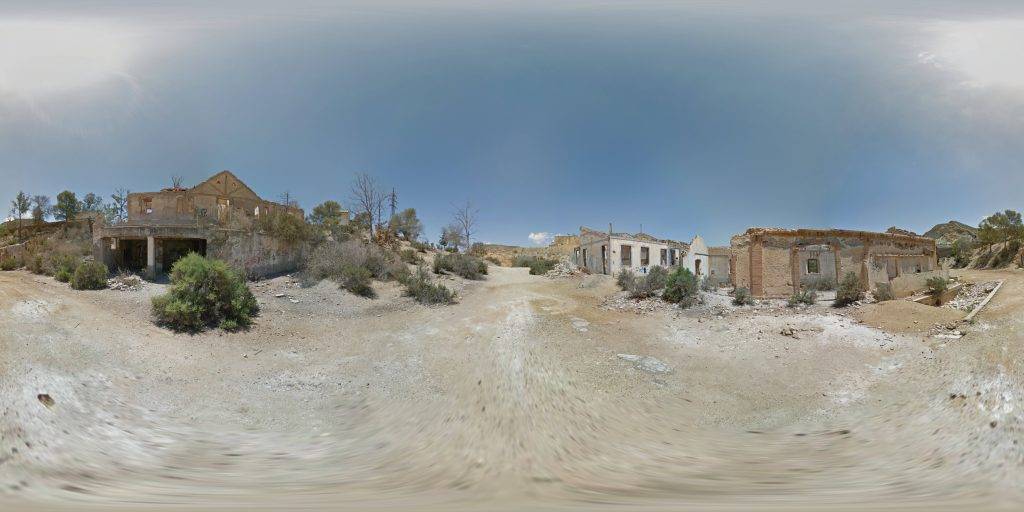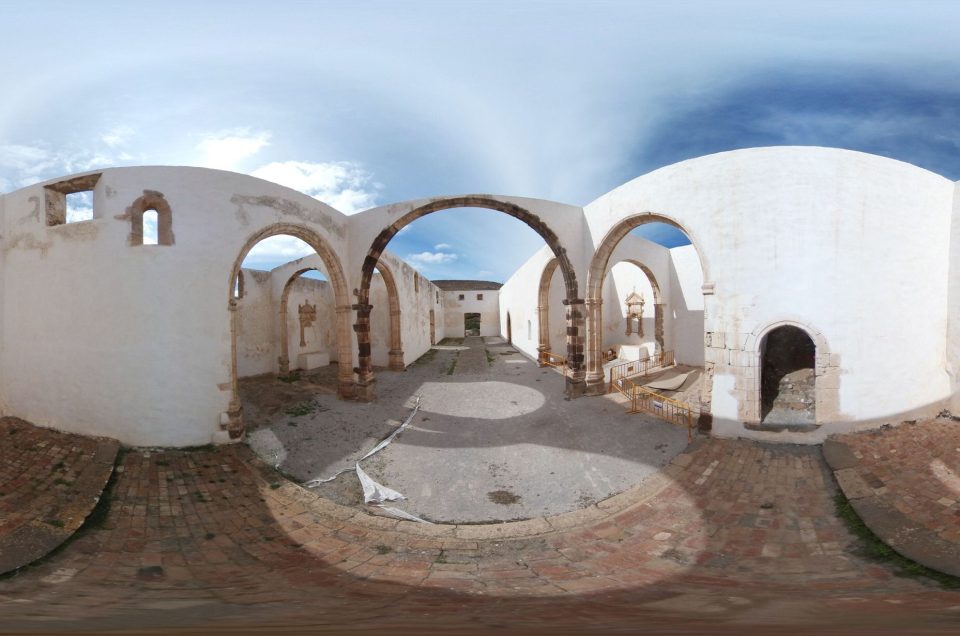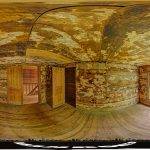Mines of Mazarrón
Welcome to our exploration of the enigmatic Mines of Mazarrón, a journey through time and history. Nestled in the Murcia region of Spain, these mines present a narrative of ancient beginnings, prosperous heights, and eventual abandonment. In this blog post, we will unravel the fascinating story of the Mines of Mazarrón, from their Bronze Age roots to their peak in the 19th century, and finally, their closure in the 1960s. As you delve into this captivating tale, don’t miss the opportunity to immerse yourself in the mines’ present state through 360-degree panoramic images available below, offering a virtual experience of this historical wonder.
Image by: Sebastián Martínez Sánchez
Image by: Er Ditto
Below, you can view several areas of the Mines of Mazarrón on Google Maps.
About the Mines of Mazarrón
The Mines of Mazarrón, a remarkable historical site nestled in the Murcia region of Spain, offer a window into the area’s rich mining heritage. The narrative of these mines, now abandoned yet once thriving, weaves through various periods, cultures, and economic transformations. This blog post delves into the intriguing history of the Mines of Mazarrón, exploring their inception, the range of minerals extracted, and the multifaceted reasons leading to their eventual abandonment.
The Dawn of Mining in Mazarrón
The history of mining in Mazarrón is as old as the Bronze Age, with the earliest operations dating back to this period. However, it was during the Roman era, specifically between the second century BC and the second century AD, that mining activities flourished significantly. The Romans, known for their engineering prowess and economic ambitions, capitalized on the rich mineral resources of Mazarrón, particularly silver and lead, thus marking a pivotal era in the region’s mining history.
A Spectrum of Minerals
Throughout its long history, the Mines of Mazarrón have been a source of various minerals. These include iron, lead, silver, copper, zinc, alum, and almagra. Each of these minerals contributed to the region’s economic fabric, with their extraction and processing playing a central role in the area’s development. This diversity of minerals not only propelled the economic growth but also influenced the cultural and technological advancements in Mazarrón.
The Peak and Decline of Mining Activities
The mines reached their zenith in the 19th century, particularly during the 1840s when mining fever was at its height. This period witnessed extensive mining activities, driven by technological advancements and the high demand for minerals. However, this boom was not to last forever. The decline of the Mines of Mazarrón began in the 20th century, with the final cessation of activities occurring in 1969. Several factors contributed to this decline, including the depletion of mineral resources, a fall in the prices of the materials extracted, and constant flooding of the mining galleries, which made operations increasingly unviable.
The Current State: A Testament to History
Today, the Mines of Mazarrón stand as an abandoned yet poignant reminder of the region’s mining legacy. The site, with its rich history dating back to Roman times, offers a unique landscape characterized by the remnants of its mining past. Although the mines were closed in the 1960s, they have not been demolished, leaving behind a multicolored landscape that tells the tale of the area’s rich mineralogical history. This abandoned site, while offering a glimpse into the past, also serves as a cautionary tale about the sustainability of natural resource exploitation.
Conclusion
The Mines of Mazarrón, with their long and varied history, stand as a testament to the region’s rich cultural and economic past. From the Bronze Age to the Roman era and beyond, these mines have seen the rise and fall of civilizations, the ebb and flow of economic fortunes, and the relentless march of time. Today, they offer a unique glimpse into history, standing as an abandoned monument to a bygone era of industrial prowess and natural resource exploitation.
If you liked this post, you might find these interesting as well, the Strawn Historic Citrus Packing House District in Central Florida, the Medical and Sanitary Unit 126 in the abandoned city of Pripyat, or the Teufelsberg site in Germany.

A 360-degree panoramic image by Google Maps Street View at the abandoned Mines of Mazarrón in Spain.
Do you have 360-degree panoramic images captured in an abandoned location? Send your images to Abandonedin360@gmail.com. If you choose to go out and do some urban exploring in your town, here are some safety tips before you head out on your Urbex adventure.
Unlock the secrets of exploration by diving into precise GPS data available exclusively for an array of hidden gems and hundreds of other captivating sites, all within our members’ section. By investing in a Gold Membership, you’re not just gaining access; you’re securing a key to a vast, global archive of abandoned, untouched, and mysterious locations waiting to be discovered. Embark on your adventure with confidence, knowing every corner of the world can be within your reach. Don’t just observe—explore, discover, and claim the extraordinary journey that lies ahead with our treasure trove of world secrets. Subscribe now and transform the way you see the world!
Click on a state below and explore the top abandoned places for urban exploring in that state.






